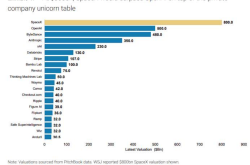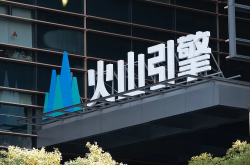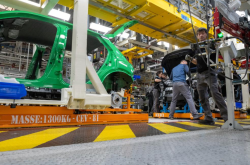The Thinnest iPhone Ever: iPhone 17 Air – Pros, Cons, and Should You Buy It?
![]() 05/26 2025
05/26 2025
![]() 700
700
The smartphone market continues to sizzle in 2025, with Apple, the industry titan, poised to unveil the highly anticipated iPhone 17 Air. This phone has captured the spotlight with its ultra-thin design and cutting-edge features, promising to redefine the benchmarks for portability and aesthetics in smartphones. As the September 2025 release date draws near, leaked information sheds light on various highlights of this device, ranging from its design to performance and functional upgrades. The iPhone 17 Air embodies Apple's relentless pursuit of craftsmanship. Here's a comprehensive look at this phone, exploring its allure in depth.
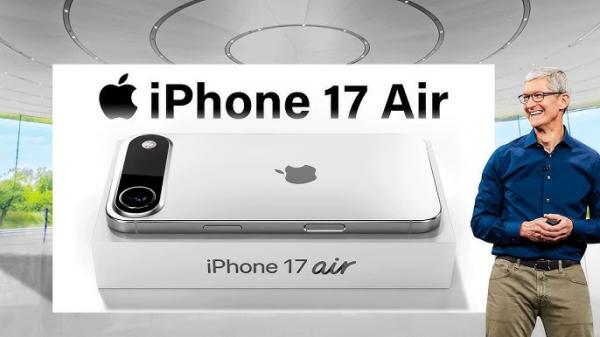
The iPhone 17 Air stands out with its ultra-thin design, boasting an anticipated body thickness of just 5.5mm to 5.65mm—significantly thinner than the 8.75mm of the iPhone 16 Pro Max and even slimmer than a pencil. This design heralds it as the thinnest smartphone in Apple's history, challenging competitors like the Samsung Galaxy S25 Edge (5.84mm). To achieve this, Apple may have employed lightweight alloys or new composite materials, ensuring structural robustness while maintaining a slender profile. Weighing in at around 145 grams, the iPhone 17 Air is only slightly heavier than the iPhone 13 mini (141 grams), offering users a lightweight hold that's perfect for extended use or on-the-go. The body design may also feature ultra-narrow bezels, maximizing the screen-to-body ratio for an immersive visual experience. Additionally, the phone is expected to support IP68 water and dust resistance, capable of withstanding accidental splashes or dusty environments during daily use.
The screen is another major highlight of the iPhone 17 Air. It sports a 6.6-inch LTPO OLED display, offering a size that falls between the standard iPhone 17 (6.1 inches) and the iPhone 17 Pro Max (6.9 inches), providing users with ample display real estate while maintaining portability. The screen supports a 120Hz ProMotion refresh rate, marking Apple's first extension of this premium feature to non-Pro models, ensuring smoother scrolling, animations, and touch interactions. It may also adopt high-frequency PWM dimming technology to mitigate visual fatigue from prolonged use, making it ideal for gamers and video enthusiasts. Screen protection is anticipated to use the latest Corning Gorilla Glass, enhancing shatter resistance and providing users with greater durability.
Regarding the camera system, the iPhone 17 Air adopts a unique design strategy with a single rear camera, deviating from the multi-camera setup of traditional flagship phones. Leaked information suggests that this camera may utilize the high-quality main sensor from the iPhone 17 Pro, equipped with a large sensor and Optical Image Stabilization (OIS) to capture brighter, more detailed images in low-light conditions. While the absence of ultra-wide or telephoto lenses may limit shooting versatility, the single-camera design aids in keeping the body slender. Through Apple's software optimization and AI algorithms, it ensures exceptional photography results. The front camera is expected to be upgraded to 24 megapixels, a notable improvement over previous generations, delivering clearer image quality for selfies and video calls. This design choice has sparked debate, with some users concerned about functional limitations, but Apple may compensate with advanced computational photography technology.
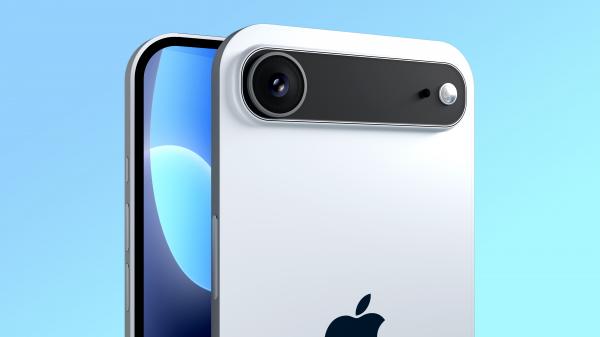
Battery life is a common concern with ultra-thin phones, and the iPhone 17 Air is rumored to have a battery capacity of 2800mAh, smaller than other iPhone models like the iPhone 16 Pro, which boasts around 3500mAh. This capacity raises questions about endurance, but Apple may employ silicon-carbon battery technology to increase the effective capacity by 15-20%, thereby optimizing battery life. Coupled with the high energy efficiency of the A19 chip and optimizations in iOS 19, the iPhone 17 Air is anticipated to support a full day of typical use, including web browsing, video watching, or casual gaming. However, heavy users may need to charge more frequently. In terms of charging, the phone is expected to support 30W fast charging, fully charging in about 40 minutes. While this speed isn't as fast as some Android competitors, it's sufficient for daily needs.
Performance-wise, the iPhone 17 Air is expected to be powered by the latest A19 chip, fabricated using a 3nm process, offering approximately a 20% boost in CPU and GPU performance and a 15% reduction in power consumption. Whether running resource-intensive games, handling multitasking, or editing HD videos, this chip ensures a seamless experience. Paired with LPDDR5X memory and UFS 4.0 storage, app launch speeds and data transfer efficiency are significantly enhanced. iOS 19 will come pre-installed, bringing smoother animation effects and AI features such as smart assistants and personalized recommendations, deeply integrated with the Apple ecosystem to boost productivity and user experience.
The iPhone 17 Air doesn't skimp on functionality. It may become Apple's first iPhone to adopt eSIM technology globally, eliminating the physical SIM card slot and further optimizing body space. This change aligns with the industry trend towards digital SIMs but may pose adaptation challenges for some users. Additionally, the phone is anticipated to come with a Camera Control button, providing users with convenient quick access to camera functions or custom shortcuts. The Dynamic Island cutout design will continue to be retained, integrating the front camera and sensors while offering interactive notifications and control functions. Stereo speakers and comprehensive NFC support will also enhance multimedia and payment experiences.
In terms of positioning and pricing, the iPhone 17 Air is expected to replace the Plus model, slotting in between the standard iPhone 17 and Pro models. The rumored starting price is approximately $900 (around RMB 6400), comparable to the iPhone 16 Plus ($899) but lower than the iPhone 17 Pro (expected to start at $999). This pricing strategy positions the iPhone 17 Air as an ideal choice for users seeking a large screen and high-end features within a limited budget. Target users include business professionals who value portability, young users who embrace fashionable design, and tech enthusiasts.
Regarding the release date, the iPhone 17 Air is anticipated to debut alongside the iPhone 17 series at Apple's fall event in September 2025, with global availability possibly following shortly thereafter or expanding to more markets during the Mobile World Congress (MWC) in early 2026. Recently leaked videos and dummy models have further stoked user anticipation, showcasing its sleek body and modern design. However, rumors about the single camera and smaller battery capacity have also sparked controversy, and actual performance will need to be verified upon official release.
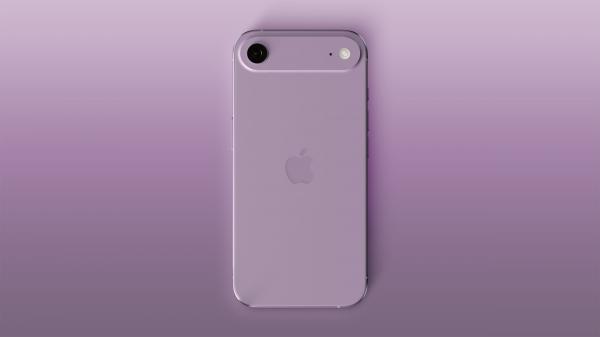
Overall, the iPhone 17 Air, with its ultra-thin design, 120Hz ProMotion screen, and powerful A19 chip, showcases Apple's innovation in design and technology. Its single-camera and eSIM design may introduce certain trade-offs, but through advanced battery technology and software optimization, Apple is expected to strike a balance between performance and portability. As September 2025 approaches, the iPhone 17 Air will undoubtedly become the center of attention in the smartphone market, captivating the anticipation of tech enthusiasts worldwide.

